Greenhouse farming is a great way to economize on the use of space in your backyard, or if you’re into medium-scale farming, it’s a viable way to grow crops off-season.
Greenhouses help regulate the atmosphere surrounding the cultivated crops and keep out harmful pests, allowing the plants to develop to their full potential.
Globally, greenhouses have become the default method of growing many kitchen garden vegetables. Greenhouse structures account for 473,466 hectares planted worldwide.
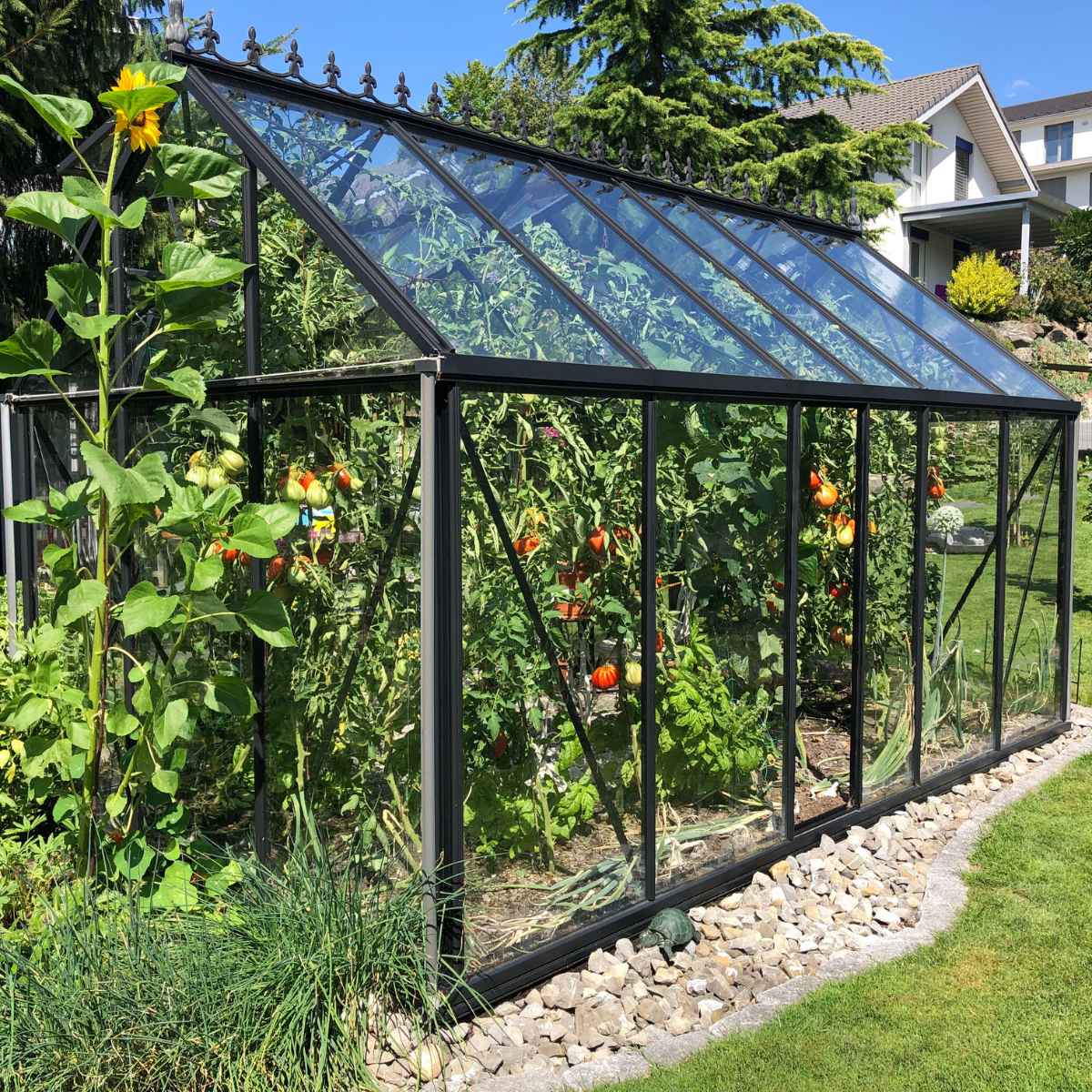
Read Next
Factors Regulating Crop Growth Inside A Greenhouse
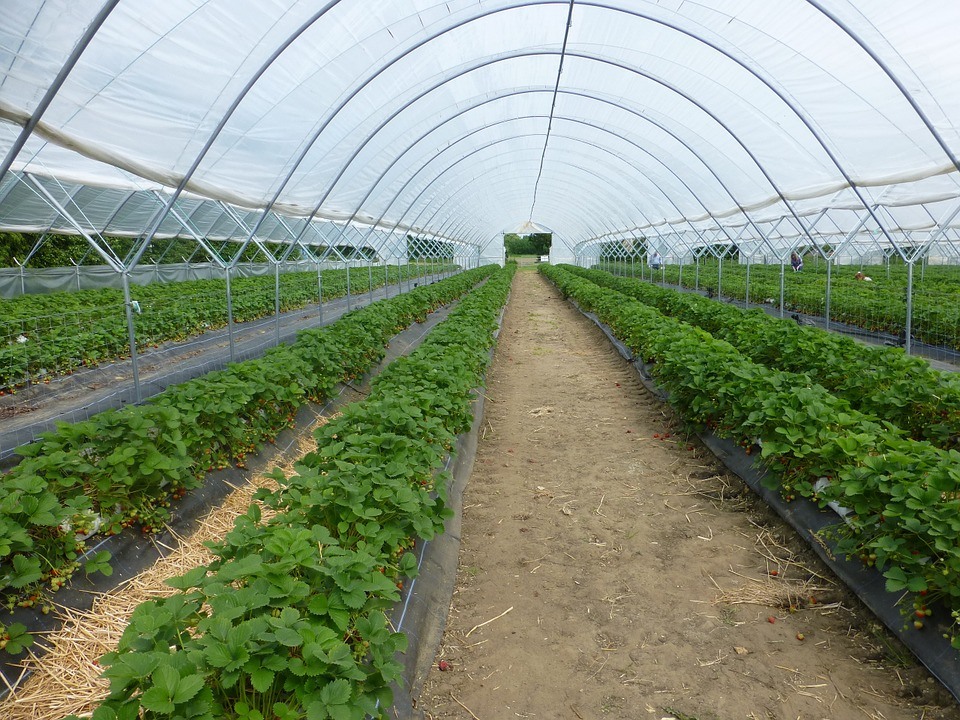


Greenhouse structures control four main factors that are crucial for plant growth. These are light, temperature, water, and air circulation. What to grow in a greenhouse largely depends on these factors.
#1 Light
Light is a crucial component of photosynthesis, the process by which plants make their food. Greenhouses regulate the light intensity, which in turn affects how much starch they build up and, therefore, how fast they can develop. Starch is important during a plant’s reproductive phase as it helps flowering.
During periods of high light intensity carbohydrate metabolism takes place very fast so that the plant is able to elongate and reach maturity faster, this is why crops grow faster in sunny weather than in winter.
- 【Easy Installation】This plant grow LED strip kit includes all accessories for quick easy...
- 【Super Bright】---High PAR value.---Good for veg, flower, succulents, verbena plants, etc.
- Upgraded Dual Head Grow Light with Stand: This indoor grow light has a flexible dual head design,...
- Full Spectrum Plant Light: Equipped with 100 high efficiency LEDs (12 Red + 60 Warm White + 28 Cold...
#2 Temperatures
What makes greenhouses so effective in speeding up the growth rate of plants is that they trap UV light and warm up the structure's interior. This is what is known as the greenhouse effect. Once these temperatures are raised, respiration takes place at a faster rate, which in turn speeds up the plant's metabolism.
Inevitably, higher temperatures go hand in hand with faster transpiration – the loss of water to the atmosphere – which, if unchecked, can lead to wilting of the plant. Therefore, transpiration needs to be compensated for by having an irrigation system to replenish the plant’s water and nutrients.
It is also worth noting that at higher soil temperatures, the roots are more active and able to take up nutrients and water faster, thereby boosting the overall growth rate.
- 💪【Powerful Greenhouse Heater】 : Our stainless steel greenhouse heater efficiently warms 215...
- 🌡️【Precise Digital Temperature Control】 : Our portable greenhouse heater comes equipped...
- Optimal Greenhouse Environment: Experience rapid warmth with our greenhouse heater, delivering an...
- Precise Climate Control: Our greenhouse heater with thermostat offers a digital summer/winter...
#3 Water and nutrients
Water is an important component of carbohydrates and also plays a role in the translocation or movement of carbohydrates or starch from the leaves to the roots and other growing parts of the plant.
Nutrients, on the other hand, are involved in synthesizing proteins and other building blocks of the plant, which are important for its development. Nutrients are taken up from the soil through the root system.
The soil type or media you use for growing your crop matters a lot in determining the availability of crucial nutrients for use by the plant. This presence is what we generally term soil fertility.
- [This Misting Watering System] The drip irrigation system kit contains 118FT ¼" irrigation tubing,...
- [Easy To Assemble & Use] New quick connector, plug-and-play irrigation tube, not easy to fall off...
- High Quality: The irrigation tubing is made from high-quality UV resistant materials, and all of the...
- Easy to Install: Three simple steps to install this micro spray watering system with USER MANUAL...
#4 Air Circulation
The other important ingredient during photosynthesis is carbon dioxide. Plants combine carbon dioxide and water in the presence of light to make starch.
The greenhouse effect mentioned earlier is important in building up carbon dioxide within the greenhouse, which in turn increases starch metabolism.
Also, humidity builds up within the greenhouse when there’s a high transpiration rate. The buildup of humidity and low air circulation encourage the development of pests and diseases within the greenhouse and must, therefore, be discouraged.
This may be done by incorporating shade nets within the greenhouse design to encourage ventilation.
These factors are important for all plant types, irrespective of which family they belong to.
- POWERFUL AIR VENTILATOR - 960 CFM, 115V, 0.6A, 1/20 Horse Power, 1650 RPM, Coverage up to 1400...
- SPEED AND THERMAL CONTROL - Variable speed and temperature regulation control, comes with Variable...
- 14'' Exhaust Fan: Dimensions: 17.1 x 17.1 inch; Airflow: 1513 CFM; ETL Listed; Speed: 1600 rpm. Our...
- High Performance: 120V/60Hz, 30W. The wall exhaust fan has a premium EC motor that maximizes airflow...
Vegetable Types Grown In Greenhouses
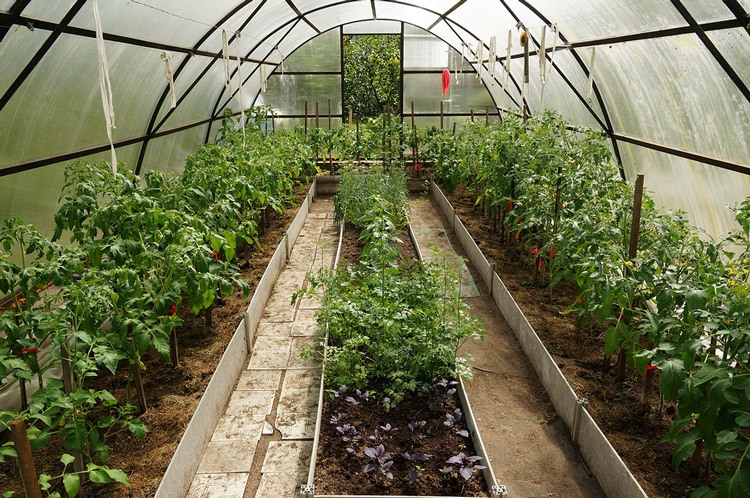


Now, coming to what to grow in a greenhouse, there are plenty of options. Different vegetable types are grown because of their economic value as well as their nutritional value.
What you choose to grow will most likely be determined by the marketability of your product, although factors such as favorable climate also play an important role here.
Market Gardening vs. Export Production
Vegetables can be grown to sell locally at the grocery store or for export. In the former, the vegetables are sold at the farm gate or may be transported to the nearest town for sale in the market. In the case of export, these are normally processed and packed before export for use by big supermarket chains.
Tomatoes and Peppers



Vegetables belonging to the Solanaceae family are very popular for market gardening. These are mainly tomatoes and pepper.
Tomatoes and peppers do well in sunny weather conditions, provided there is an adequate supply of water, especially during the fruit formation stage. Tomatoes can yield up to 60T per hectare if well taken care of and take about two and a half months to reach maturity within the greenhouse environment.
They can also be grown using a hydroponics system (mineral nutrient solutions dissolved in water, without soil), which effectively controls soil-borne pests and diseases.
When growing tomatoes or peppers, it is important to carry out crop rotation to reduce crop damage by disease. Soil fumigation or sterilization can be done to kill off soil pathogens.
Tomatoes are sold fresh in the market or processed into other products such as tomato paste or juice. Peppers grown in the greenhouse are also usually sold fresh in the market.
Fun Fact: China, which produces 3.5M metric tons annually, is the world's leading producer of tomatoes.
- USDA Certified Organic by Oregon Tilth
- 8 VARIETY PACK - All the seeds you need for your hot salsa garden. 8 Varieties to help you grow a...
- 🍅 5 VARIETY PACK - All the seeds you need for your own salsa garden. 5 Varieties to help you grow...
- Beautiful - Variety Pack: Fourteen Large individual packets of Waltham Broccoli, Copenhagen Market...
Leafy Greens
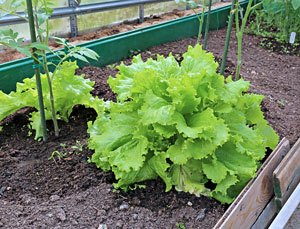


Spinach, kale, lettuce, or broccoli are popular vegetables grown in the greenhouse mainly because they take a relatively short period to mature and are easier to manage in terms of pests and diseases than other crops.
They tend to do well under cooler climates and require more water during growth to make their leaves succulent.
These are great for marketing as salads and may be sold whole or packed for sale in the grocery store.
- USDA Certified Organic by Oregon Tilth
- 20 LETTUCE AND GREENS SEEDS VAULT - Start growing your own lettuce and greens garden and eating all...
- Beautiful - Large individual packets of delicious and nutritious Bloomsdale Spinach, Arugula,...
Microgreens
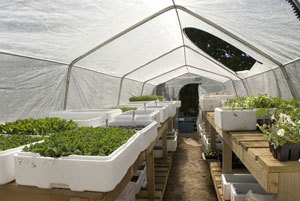


These are also known as vegetable confetti and are not to be confused with vegetable sprouts – as they are more varied in colors, textures, and leaf shapes. They are a niche product in fine dining, used as visual and flavor components.
Microgreens are suitable for garnishing in salads, soups, or plates and are easy to grow. They are sown in plastic containers like nursery flats or punnets to facilitate growing and take 2–4 weeks between germination and harvest.
Microgreens may be grown directly into the soil –popular with small growers – or using hydroponics.
Popular examples of microgreens include beets, peas, Tatsoi, Choi, and radish.
- 🥗 Grow Your Own Nutritious Salad Mixed Greens: Unleash your inner farmer enjoy the unique flavor...
- Tasty - 10 premium packs of seeds to grow arugula, broccoli, cabbage, cress, kale, radish, pea,...
- A COLORFUL & DELICIOUS microgreen salad mix containing heirloom non-GMO microgreen seeds. 1 LB bulk...
Grapes
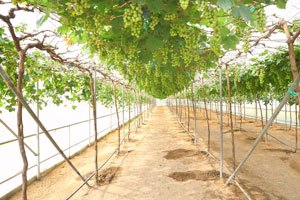


Grape vines require support when growing in the greenhouse or conservatory. Trellises are used for this purpose. They can be cultivated free-standing in the soil or pots and are often pruned to manage their growth.
They require warm temperatures and good ventilation to encourage pollination and reduce fungal infections. Sometimes, hand pollination is required to increase yields.
Greenhouse grapes are marketed fresh or may be processed into resins for use in the confectionary and baking industry. They may be packaged into plastic containers or without.
- Easy to Grow: This grapevine is easy to grow and does not require a lot of maintenance. It prefers...
- Productive: Marquis Seedless Grape is a productive grapevine that can produce up to 20-30 pounds of...
- 🍇We offer a 14-17inch seedling of the Shine-Muscat Grape variety. Please plant as soon as you...
- 🍇Grape is one of the favorite fruits. In recent years, the edible grape industry has developed...
- Bare Root Size: 1yr
- Hardiness Zone: 4 to 7
Conclusion
In conclusion, a greenhouse is a wonderful way to extend your growing season, protect your plants from pests and harsh weather conditions, and experiment with different vegetables that might not do well in your outdoor garden.
When deciding what to grow in your greenhouse, consider your greenhouse size, location, and personal preferences. Remember that certain vegetables, such as tomatoes, cucumbers, peppers, lettuce, and eggplants, tend to thrive in greenhouse environments.
With some planning and effort, you can enjoy a bountiful harvest of fresh, delicious vegetables all year round.
- Set includes 43 lightly assorted Vegetable and Herb seeds!
- Includes 30 Different Varieties! 30 Packs of Seeds!


























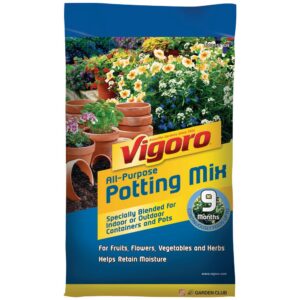
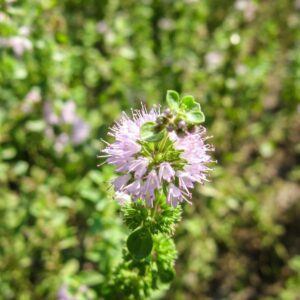
Comments
No Comments